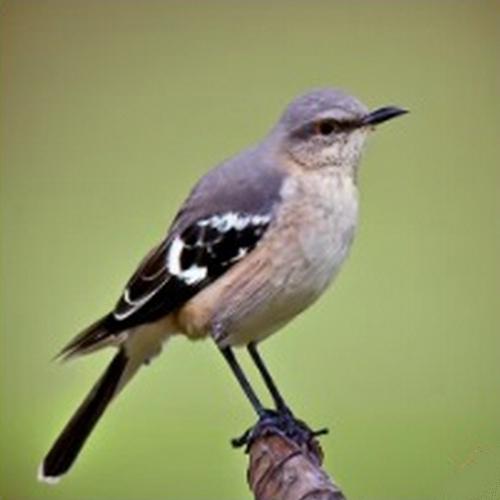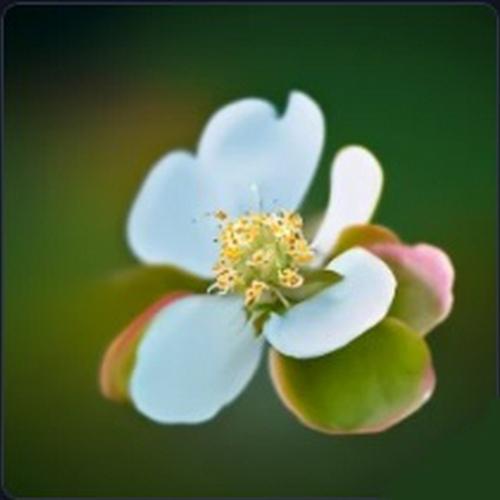Taxonomy and Appearance
The Taxonomy and Appearance of the State Bird of Arkansas, the Northern Mockingbird, offer fascinating insights. This bird, formally known as Mimus polyglottos, belongs to the Mimidae family. Standing at about 9 inches in length, it boasts a striking appearance with predominantly gray plumage.
Its distinguishing feature is the white patches on its wings and tail, easily visible during flight. The Northern Mockingbird also possesses a slender, slightly curved beak, ideal for its omnivorous diet. Its appearance and unique vocal talents make it an iconic and beloved bird in Arkansas and beyond.
Its distinguishing feature is the white patches on its wings and tail, easily visible during flight. The Northern Mockingbird also possesses a slender, slightly curved beak, ideal for its omnivorous diet. Its appearance and unique vocal talents make it an iconic and beloved bird in Arkansas and beyond.
Behavior and Vocalizations
The behavior and vocalizations of the Northern Mockingbird are truly fascinating. These birds are known for their diverse repertoire of songs, with some individuals capable of mimicking over 200 different sounds!
They sing throughout the day, but their most intense performances occur during the breeding season to attract mates. Besides their singing prowess, mockingbirds are also quite territorial and will vigorously defend their nesting areas. If they feel threatened, they'll engage in aerial displays and emit a series of sharp calls to ward off potential intruders. It's a remarkable display of both musical talent and protective instincts.
They sing throughout the day, but their most intense performances occur during the breeding season to attract mates. Besides their singing prowess, mockingbirds are also quite territorial and will vigorously defend their nesting areas. If they feel threatened, they'll engage in aerial displays and emit a series of sharp calls to ward off potential intruders. It's a remarkable display of both musical talent and protective instincts.



